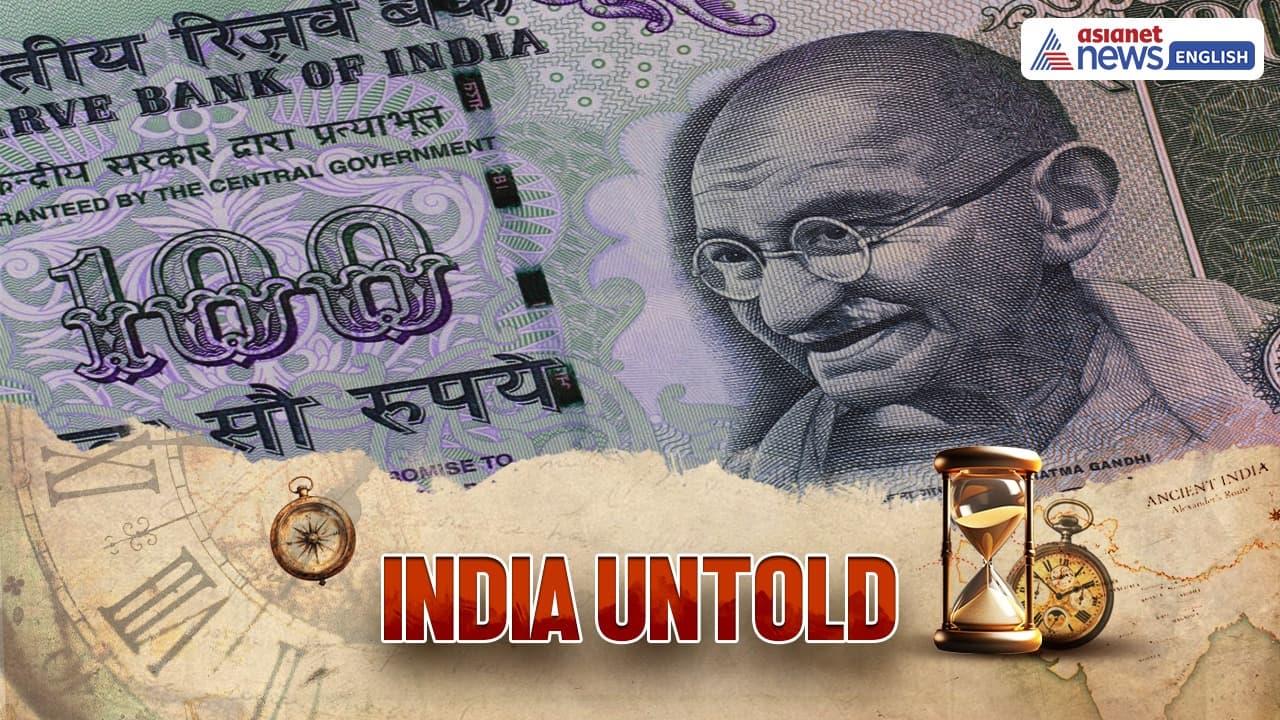India Untold: How A 1946 Smiling Picture Of Mahatma Gandhi Became Iconic Portrait On Currency Notes
For decades, Indians have grown accustomed to seeing the warm, smiling face of the 'Father of the Nation' on banknotes - a picture so iconic that it often becomes the very first image of Gandhi that comes to mind. But behind this timeless portrait lies a fascinating story that few know.
Contrary to the widespread belief that the picture was a hand-drawn caricature, it was, in fact, born out of a real photograph. The image was not an artistic rendition, but a carefully chosen crop from history.
The original photograph captured Gandhi alongside Lord Frederick William Pethick-Lawrence, a prominent British politician who once championed the women's suffrage movement in Great Britain before serving as Secretary of State for India and Burma. The year was 1946, the location - the grandeur of the then Viceroy House, now known as Rashtrapati Bhavan. Snapped by an unknown photographer, the candid shot immortalized Gandhi's gentle smile in a way that would eventually transcend into one of the most recognizable portraits in Indian history.
The mirror image of this photograph later found its way onto the Mahatma Gandhi Series of banknotes, first introduced by the Reserve Bank of India in 1996. These notes were released gradually in various denominations - beginning with the Rs 10 and Rs 100 notes in June 1996, followed by Rs 50 in 1997, Rs 500 in 1997, Rs 1000 in 2000, Rs 5 in 2001, and Rs 20 in 2001.
Legal Disclaimer:
MENAFN provides the
information “as is” without warranty of any kind. We do not accept
any responsibility or liability for the accuracy, content, images,
videos, licenses, completeness, legality, or reliability of the information
contained in this article. If you have any complaints or copyright
issues related to this article, kindly contact the provider above.
Most popular stories
Market Research

- Jpmorgan Product Head Joins GSR Trading MD To Build Institutional Staking Markets
- Kintsu Launches Shype On Hyperliquid
- R0AR Launches Buyback Vault: Bringing 1R0R To R0AR Chain Unlocks New Incentives
- Excellion Finance Scales Market-Neutral Defi Strategies With Fordefi's MPC Wallet
- Ethereum-Based Meme Project Pepeto ($PEPETO) Surges Past $6.5M In Presale
- Falcon Finance Unveils $FF Governance Token In Updated Whitepaper





















Comments
No comment